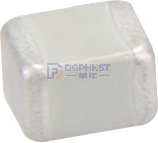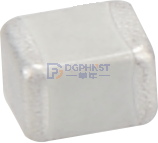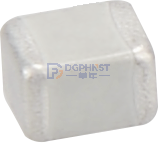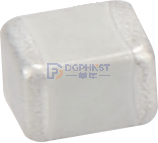Recently, the team of Shao Tao, a researcher at the Institute of Electrical Engineering of the Chinese Academy of Sciences, has made progress in using discharge plasma to improve the film performance of energy storage capacitors. Based on the accumulation of the team's gas discharge mechanism, parameter regulation and material modification application, this study drives excimer deep ultraviolet light source by gas discharge, irradiates commercial capacitor film in atmospheric pressure air, and significantly improves the performance of the film breakdown electric field and energy storage density in only one step, which is of great significance for breaking through the performance bottleneck of domestic energy storage capacitor film.
Thin film capacitor is the core energy storage device of UHV DC power transmission, flexible DC power transmission and electromagnetic energy equipment. Biaxially drawn polypropylene (BOPP), as the key material of film capacitors, has the advantages of high breakdown electric field and low loss at room temperature. At high temperature, the BOPP breakdown field decreases seriously and the loss increases sharply, which becomes the bottleneck limiting the performance of thin film capacitors. Existing studies mainly improve the dielectric properties of BOPP through inorganic doping, surface spraying, deposition, grafting and other methods, but multi-step treatment with chemical reagents is commonly used, and new interface problems may be introduced, which still needs to be overcome from laboratory to industrial applications.
In this study, gas discharge plasma is used to efficiently generate KrCl 222 nm and Xe2 172 nm excimer deep ultraviolet light, which has the advantages of high photon energy and environmental friendliness, and directly irradiate BOPP in atmospheric pressure air. This "soft" modification method can be lossless to break the BOPP bond, restructure, split oxygen molecules, generate oxygen atoms, form a better thermal stability of C-O bond, and avoid introducing new interface problems. After modification, the BOPP breakdown electric field is increased by 17% at room temperature, 52% at 120°C, and the discharge density is increased from 4 MJ/m3 to 7.5 MJ/m3 at room temperature with efficiency greater than 95%. The method can be extended to PET, PEN, PEI and other high temperature dielectric films, and has good universality.
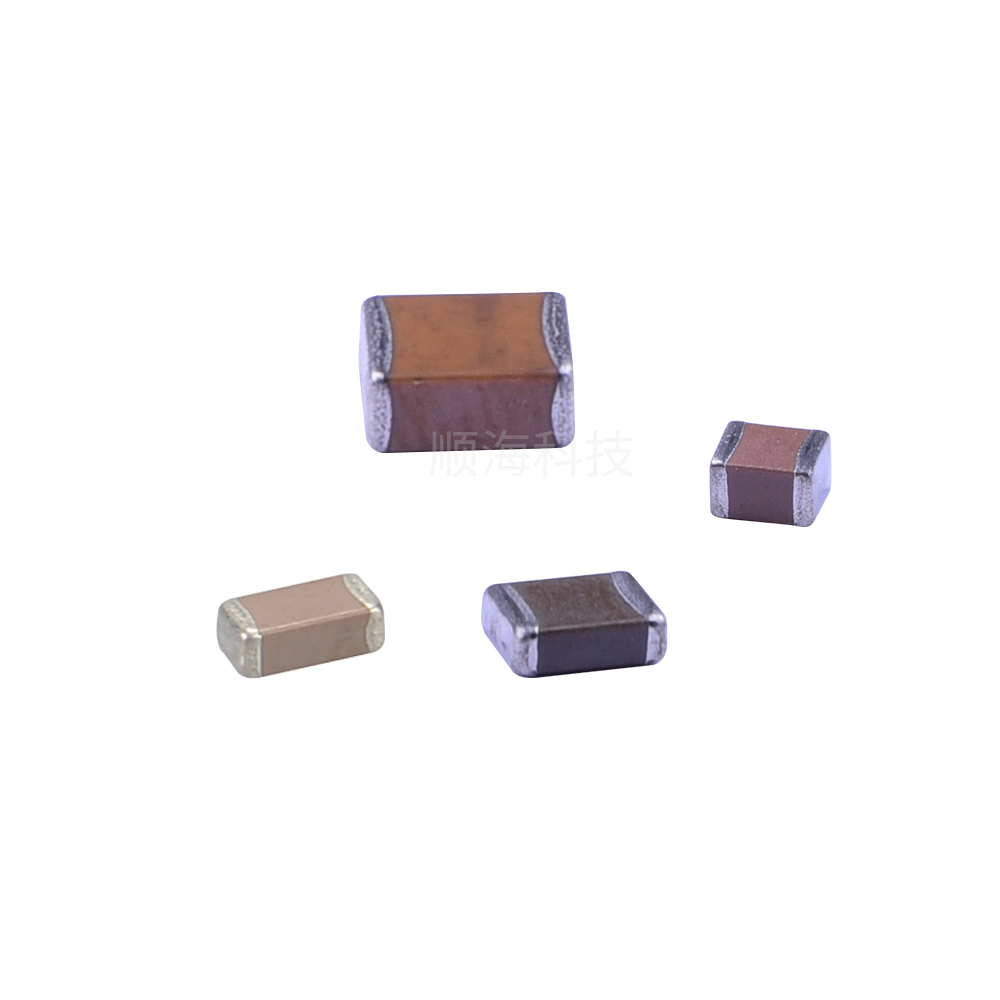
In order to reveal the internal mechanism of the modification, a laser-induced pressure wave space charge measurement method with a resolution of 0.5 μm was established. The space charge distribution of the original BOPP sample before and after modification was obtained in situ. It was found that the deep ultraviolet light modification can significantly reduce the space charge amount and weaken the electric field distortion. Combined with density functional theory calculation, it is clarified that oxygen atom forms deep trap after introducing BOPP chain, which limits carrier migration.
The generation and application of full chain deep fusion discharge plasma for material modification are studied. The treatment process does not involve any chemical reagents, does not produce high pollution by-products, and has the advantages of one-step, large flux and low energy consumption. The team is working to translate the technology into a "roll-to-roll" production line for thin-film capacitors.
The relevant research results are to improve Charge Storage of Biaxially-Oriented Polypropylene Under Extreme Electric Fields by Excimer Uv Irradiat ion, published online in Advanced Materials. The research work is supported by the National Natural Science Foundation and the Smart Grid Joint Fund.

